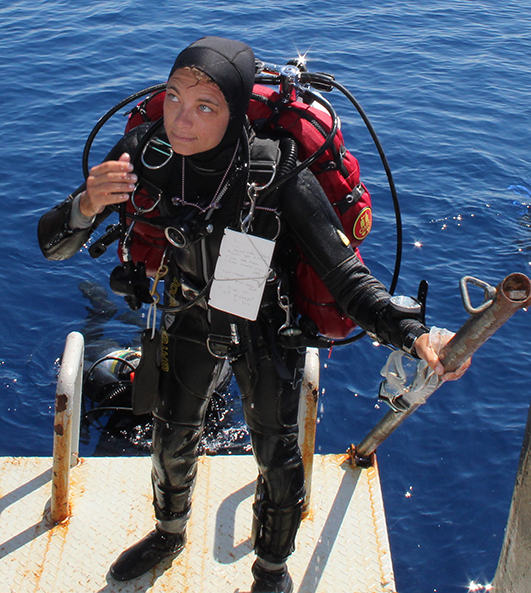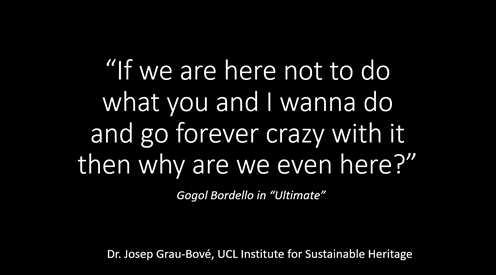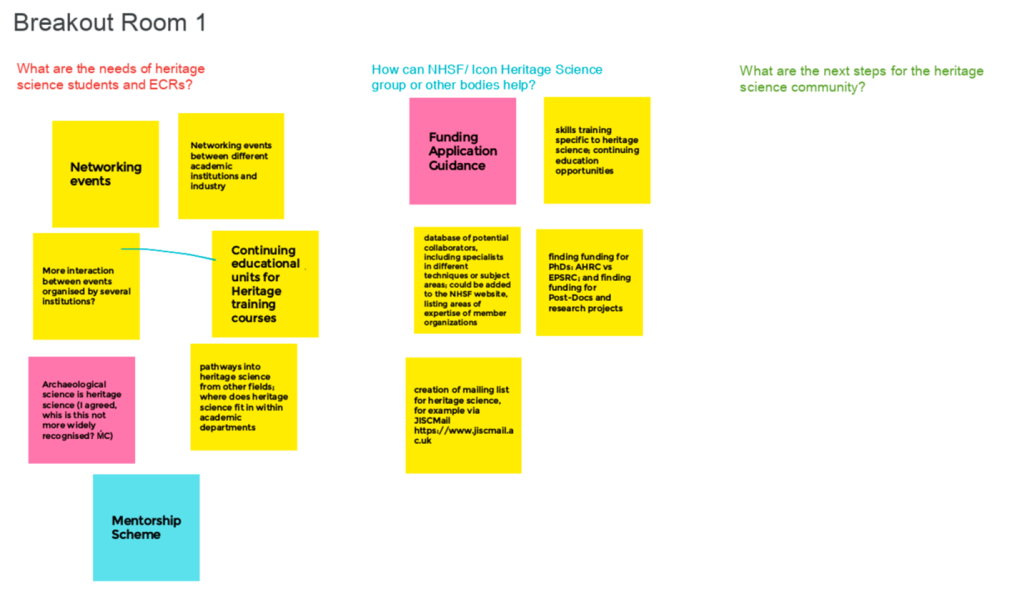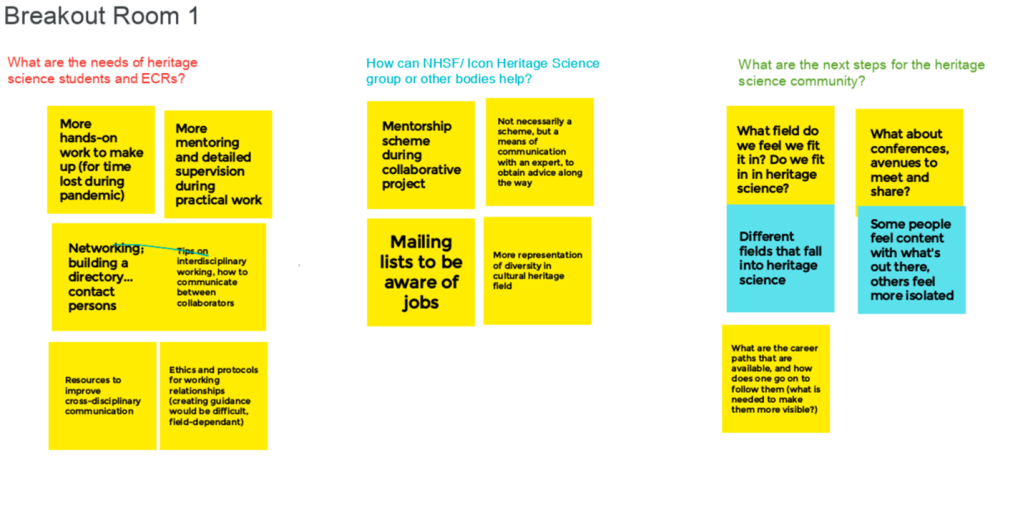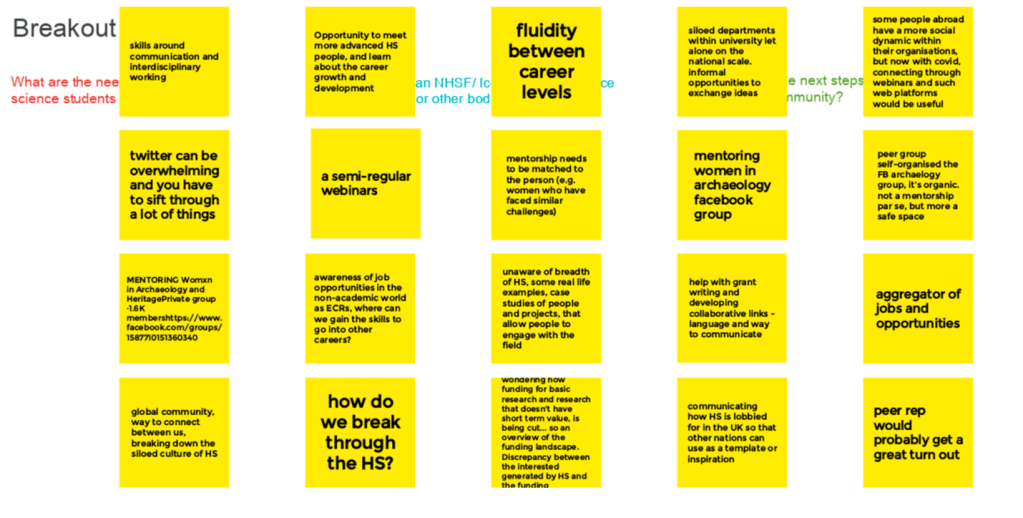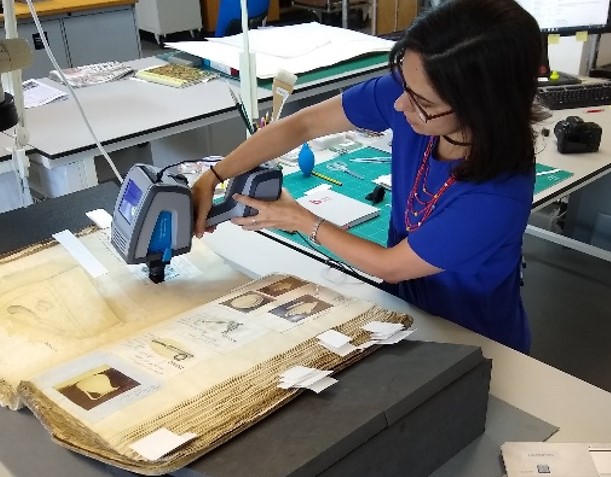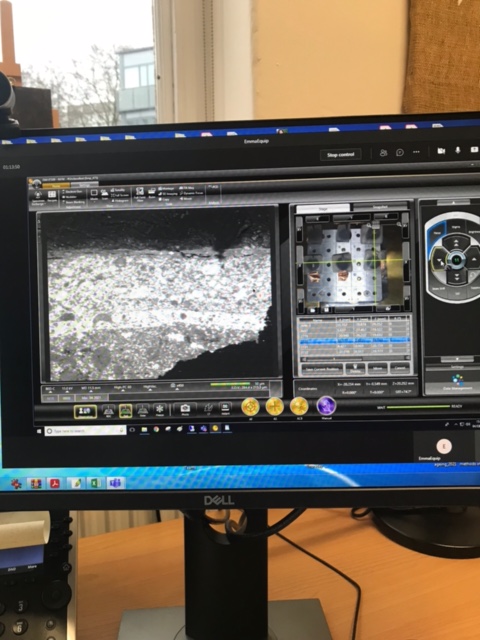Following on from our blog about how heritage scientists are smashing stereotypes, we are delighted to introduce you to Dr Lisa Briggs, an underwater archaeologist and archaeological scientist at The British Museum. In this blog, she details her career:
For many years I was an underwater archaeologist working on shipwrecks. Armed with an undergraduate degree in Archaeology and Ancient History from the University of Edinburgh, I worked on every project I could, both on land and underwater, but began to specialise in shipwreck sites around the world. When the archaeological excavations I worked on uncovered artefacts of special interest, some were selected to be ‘samples’ destined for the ‘lab.’ The laboratory seemed like a mysterious place where, through spider webs and magic, incredible results and discoveries were achieved that allowed us to learn so much more about the artefacts we had uncovered. After 10 years of wondering what actually happened in these mysterious laboratories, I decided to return to school and have now completed an MPhil in Archaeological Science (Cambridge) and DPhil (PhD) in Archaeological Science (Oxford). I wish someone had told me earlier how much fun science can be!
My PhD work used DNA and organic residue analysis to study five shipwreck sites in the Mediterranean including finds from the Uluburun, Cape Gelidonya, and Kyrenia shipwrecks. Working on these artefacts was a dream come true. I now work in the Scientific Research Department of the British Museum where I use organic residue analysis to study pottery artefacts from a variety of sites. My favourite thing about my work is being intimately involved in the entire process. My background in archaeology allows me to visit sites and sample in-situ artefacts myself, before exporting these samples to our labs at the British Museum. This way, I can see exactly how the samples were selected, recovered, handled, stored, and analysed. For example, sunscreen is a common contaminant detected in pottery from archaeological sites in sunny countries because after applying sunscreen archaeologists will sometimes touch the pottery with bare hands when digging it up. When I am allowed to sample artefacts myself I wear powder-free nitrile gloves while digging, sterilise my sampling tools between artefacts, and store the samples in sterilised glass containers while they are awaiting export back to the UK. This way we can eliminate issues of contamination, from the loess to the lab!
My career path may not be the most common one for a heritage scientist, but I think I background in archaeology has allowed me to contextualise the artefacts that I study. In my spare time I enjoy speaking at events that encourage kids, especially girls, to get into STEM subjects by showing them how exciting science can be. At the same time, I advocate for the humanities by showing why archaeology and ancient history are so important for our understanding of what makes us human. Archaeology, I dig it!
Lisa is on Twitter and Instagram as @lisaarchaeology

